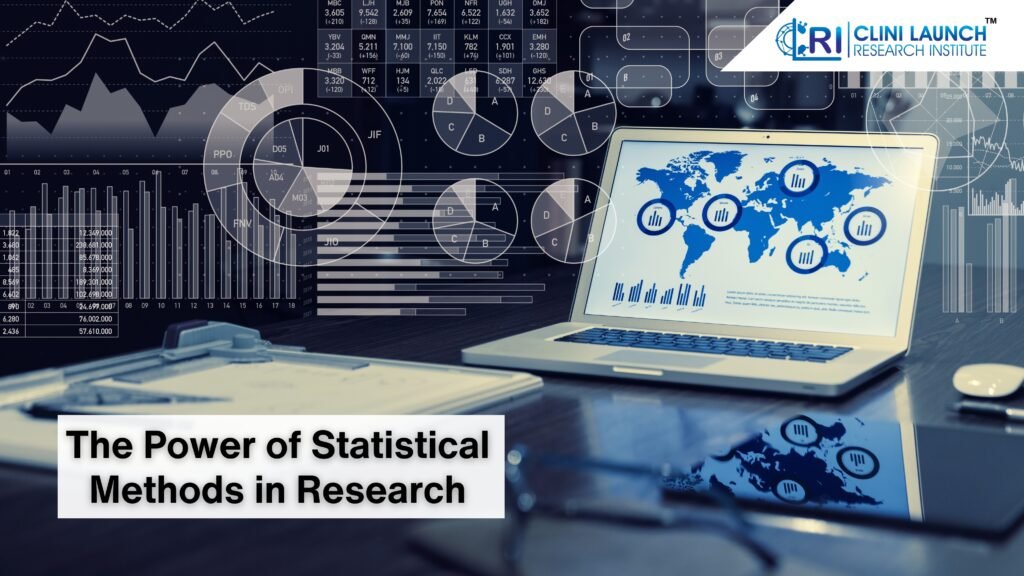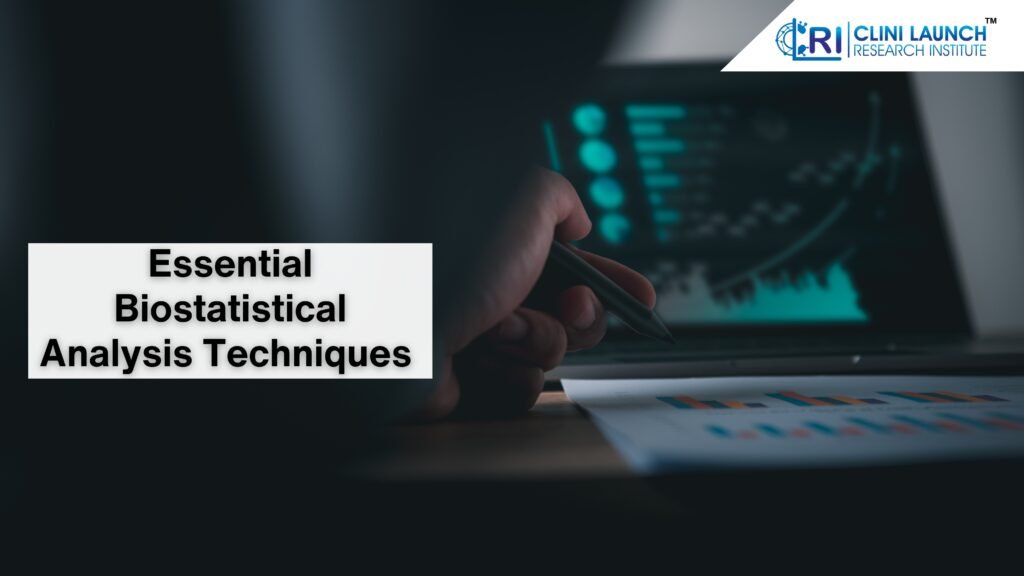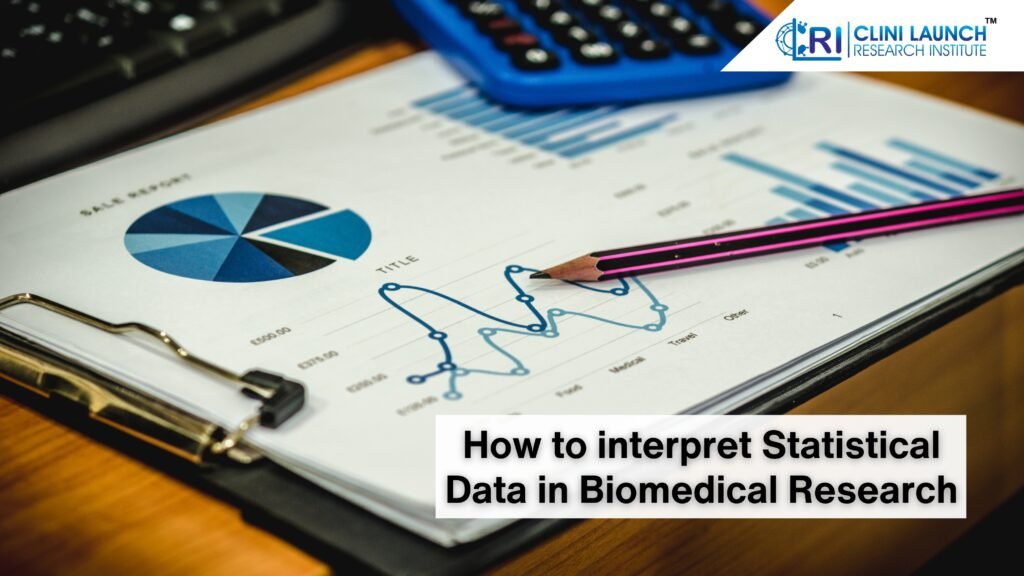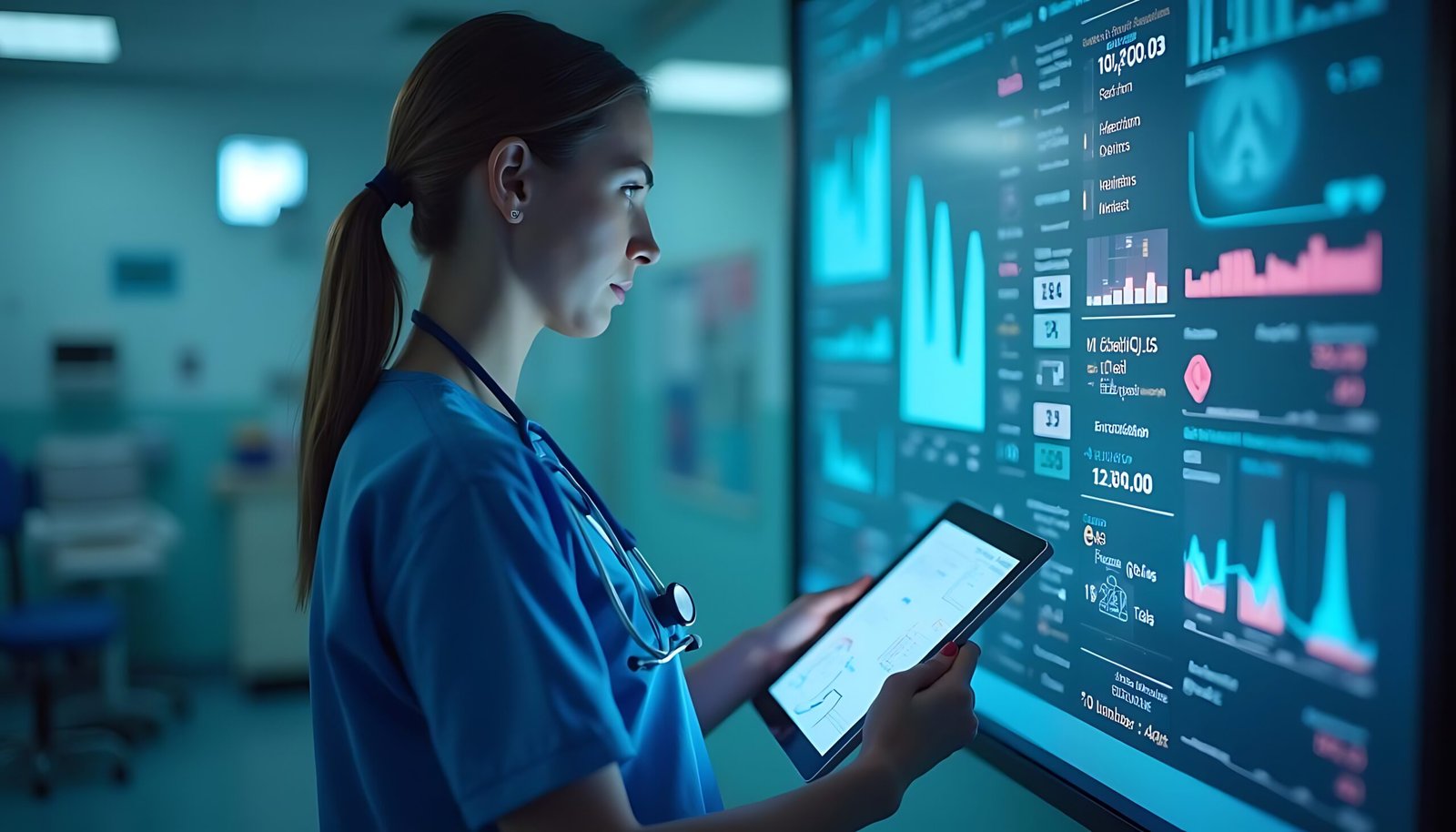Biomedical research is a cornerstone of medical progress. From developing new drugs to understanding the intricacies of diseases, researchers rely on data to drive their discoveries. But data, particularly statistical data, can be a complex beast. This blog post aims to equip you with the tools to biomedical data interpretation and research, making unlocking the meaning behind the numbers more accessible.
The Power of Statistical Methods in Research

Biomedical research rarely deals with absolutes. Studies often involve comparing groups, observing trends, and measuring the effects of interventions. Statistical Methods in Research become crucial in analyzing this data, allowing researchers to:
- Summarize data: Measures like mean, median, and standard deviation provide a snapshot of the data’s central tendency and spread.
- Identify patterns: Statistical tests help researchers determine if observed differences between groups are likely due to chance or a real effect.
- Quantify uncertainty: No experiment is perfect. Statistical methods help us understand the margin of error associated with the results.
Essential Biostatistical Analysis Techniques

Biomedical research utilizes a diverse arsenal of biostatistical analysis techniques. Here’s a glimpse into some commonly encountered methods:
- Descriptive Statistics: This forms the foundation, providing basic summaries like the mean (average), median (middle value), and standard deviation (spread) of the data. These measures analyzing Research Data give a quick grasp of the central tendency and variability within the data set.
- Hypothesis Testing: This is where things get exciting. Researchers formulate a hypothesis, a prediction about the data. Statistical tests then assess the likelihood of observing the results purely by chance. A p-value, often cited in research papers, reflects this probability. A commonly used threshold is p < 0.05, indicating a less than 5% chance of the results being random, suggesting a statistically significant effect. Remember, statistical significance doesn’t automatically translate to real-world importance.
- Comparison of Groups: Researchers often compare groups, say a treatment group versus a control group. Techniques like t-tests and ANOVA help determine if the observed differences between groups are statistically significant.
- Correlation Analysis: This explores the relationship between two variables. A correlation coefficient measures the strength and direction (positive or negative) of the association. It’s important to remember that correlation doesn’t imply causation. Just because two variables change together doesn’t mean one causes the other.
Beyond the Numbers: Critical Thinking is Key
Statistical tests provide valuable insights, but interpreting them requires critical thinking. Here are some key considerations:
- Sample size: Smaller samples can lead to unreliable results. Ensure the study has a sufficient sample size to draw meaningful conclusions.
- Study design: Was the study randomized and controlled? How well were potential confounding factors accounted for? A well-designed study inspires greater confidence in the results.
- Replication: Have other studies reached similar conclusions? Ideally, findings should be replicated by independent research groups.
- Biological plausibility: Do the results align with our current understanding of the biological system? Unusually large effects or findings contradicting established knowledge might warrant further investigation.
Biomedical Data Interpretation: A Lifelong Journey

Understanding statistical data in biomedical research is a valuable skill. This blog post has provided a basic framework, but keep in mind that biostatistics is a vast field. Consider Post Graduate Diploma in Biostatistics at CliniLaunch as they will provide your specifically tailored course for biomedical research. CliniLaunch will provide you with biostatistics experts offering applicable statistical methods to biological data.
To Sum Up
With the development of your ability to interpret statistical data, you become a more informed consumer of scientific research. You can better evaluate new discoveries, separate groundbreaking findings from statistical flukes, and contribute to the ever-evolving landscape of biomedical research. So, the next time you encounter a research paper, remember, the numbers hold a story waiting to be told. With a critical eye and a foundation in statistical concepts, you can unlock the secrets they reveal.
Remember, biostatistics is a field of medicine that specifically focuses on the statistical methods applicability, and principles to the biological studies. Learn biostatistics with one of the best biostatistical training institutes in India – CliniLaunch.
Content Writer | Organic Content Marketer | Ex-Academic Research Associate






Thank you for your sharing. I am worried that I lack creative ideas. It is your article that makes me full of hope. Thank you. But, I have a question, can you help me?
Your point of view caught my eye and was very interesting. Thanks. I have a question for you.
Thanks for sharing. I read many of your blog posts, cool, your blog is very good.
Can you be more specific about the content of your article? After reading it, I still have some doubts. Hope you can help me.
Thanks for sharing. I read many of your blog posts, cool, your blog is very good.
Hello, I want to subscribe for this webpage to take most up-to-date updates, thus where can i
do it please assist.